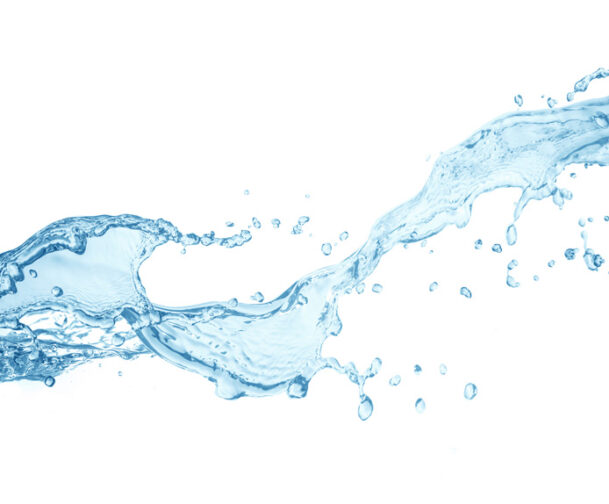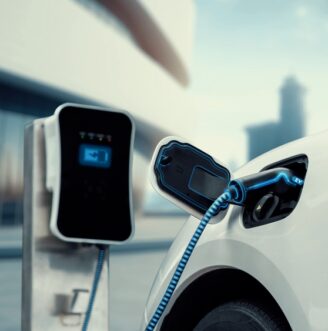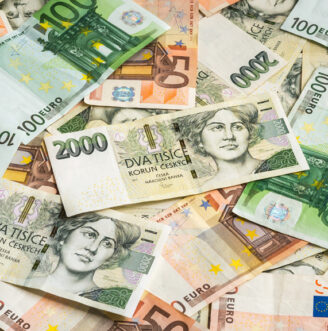The Želivka Water Treatment Plant is the largest water treatment facility for Prague. The water is drawn from the Švihov reservoir processed into drinking one in the Želivka plant and then transported via a 52 km-long pipeline to water storage in Jesenice, few kilometres from Prague. 74% of Prague’s drinking water comes from the Želivka plant, which also serves parts of the Central Bohemia and Vysočina regions.
In line with its strategy for financing key municipal infrastructure, the National Development Bank has provided VODA Želivka with a CZK 600 million credit line, enabling to finance the (re)construction of key infrastructure equipment of the company, such as the filtration hall, or carbon filtration plant.
“The provision of drinking water for Czech citizens is not only about production itself, but also about long-term investments in the related infrastructure enabling us to produce water and distribute it to several regions. The maintenance and development of our water management infrastructure requires significant and long-term investments. This is why we appreciate the agreement with the NRB regarding financing of our project needs over the next few years,” says Mark Rieder, VODA Želivka, Board Chairman.
“Our bank has been focusing on financing infrastructure for about 25 years, but it has always focused on smaller and less investment-intensive projects, such as reconstruction of wastewater treatment plants, road repairs, construction of bicycle paths, reconstruction of public buildings such as schools, kindergartens, town halls, police stations, etc. Last year, in line with our new strategy, we also embarked on financing more investment-intensive projects, such as the acquisition of low-emission busses or trams and the construction of related infrastructure. I am pleased that this year we can expand the portfolio of infrastructure projects to other segments,” says Jiří Jirásek, Chairman of the Board of NRB.
Over the last two years, the NRB supported the public sector with almost CZK 2 billion (approximately EUR 83 million) for infrastructure development. It supported urban development projects primarily in the areas of transport, environment or energy.



